Start Recycling Program
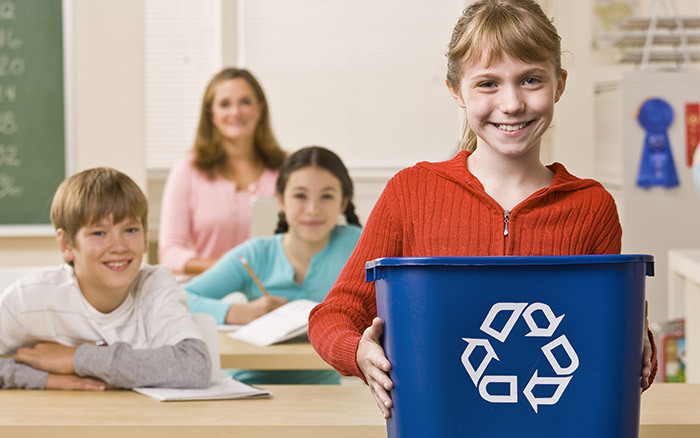
Recycling teaches positive behaviors that help keep plastic bottles and cans out of our waters.

How many times have you seen some lunch packaging lingering around the schoolyard? If nobody picks it up, it will stay there looking bad until the next rain when it will be washed down a storm drain. The stormwater then carries that litter to the bay and into the ocean.
So what is the best way to make sure that trash does not end up in our bay? Not producing any trash in the first place! The next best option is reusing and recycling.
If you do have trash and you cannot recycle it, make sure you put it securely in a trash bin.
While it's difficult to say exactly how much plastic is in the ocean, scientists think about 8 million metric tons of plastic trash are in our oceans. This plastic pollution makes our waters unsafe and unsightly (NOAA. 2017)
Plastic Recovered from Dauphin Island Beach by Caitlin Wessel
Try counting the pieces of food wrapping and packaging in your lunch. How could it be wrapped with less stuff that has to be thrown away?
By Loopstation - CC BY-SA 3.0
There are many containers that the food you eat comes in that you can reuse as a sandwich box: you can even put them in the dishwasher! Save the bags of bagels and bread for wrapping your sandwich. If you use re-sealable zipper storage bags, take them home, wash them with soap, then use magnets on your fridge to dry them or use a Countertop Bag Dryer.
Countertop Bag Dryer (Amazon)
Get a lunch box with small containers, then you can easily bring dinner leftovers, and a variety of things you love to eat.
Bento Lunch Box from Amazon
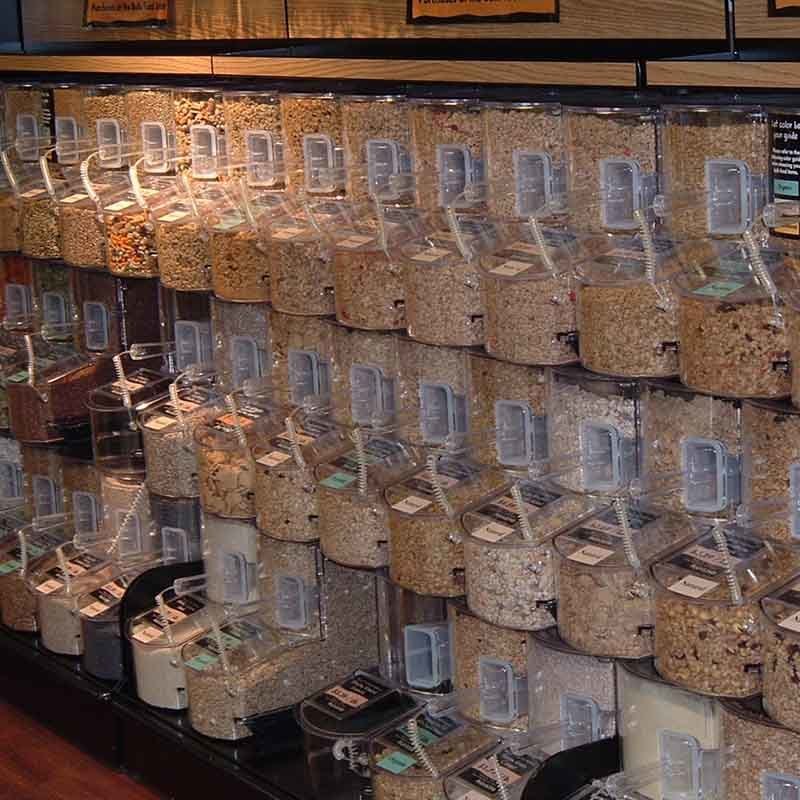
Buy candies, nuts, cereals, and cookies in the bulk food section of your grocery store, and instead of buying small packages of snacks, buy a large package and fill your own container at home to take with you.
Did you know recycling builds a stronger economy? When you recycle, that resource is reused for a new product, like paper, beverage bottles, milk cartons or jugs, pet food tins, aluminium cans, glass jars and bottles.
Recycle Centers in Mobile and Baldwin Counties
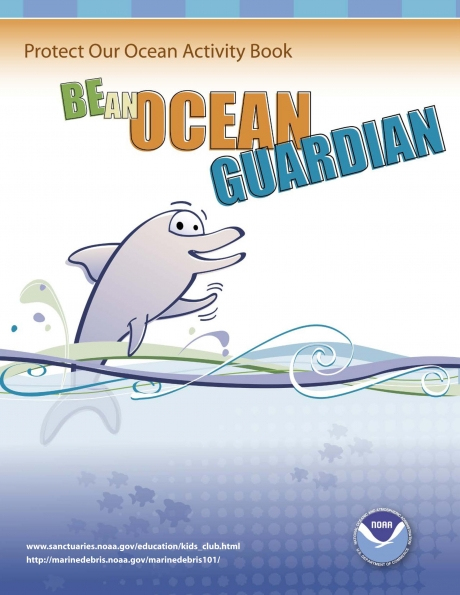
Activity book from NOAA Marine Debris Program and Office of National Marine Sanctuaries for K-3
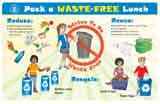
Learn how to be waste-free! EPA developed the Waste-Free Lunch activities to help students learn how to reduce, reuse, and recycle items in their school lunches. Use the materials below to get your classmates interested in a waste-free lunch day at your school.
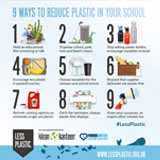
From Less Plastic, a family-run, non-profit organization based in the UK. The recent wave of awareness about plastic pollution has led many schools to notice how much plastic waste they create, and to question whether this is an acceptable legacy to pass onto their students, our next generation.

Recycling teaches positive behaviors that help keep plastic bottles and cans out of our waters.

Plastic bags are often found in our waters when they blow away or are disposed of improperly. They remain there for generations to come as they slowly degrade into small pieces that are easily misconceived for food by fish and marine wildlife.
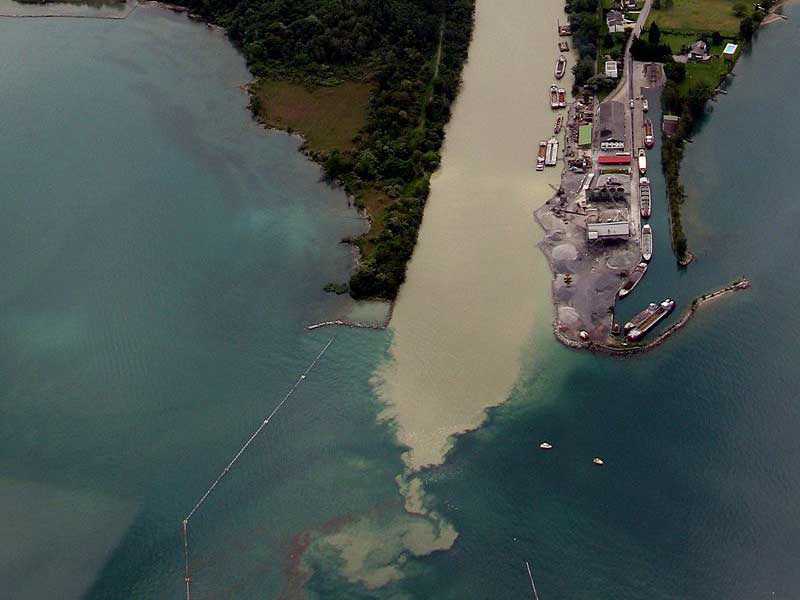
When water rushes off hardened surfaces, erosion of sediments degrade water conditions and smother and disrupt seagrass growth and the habitat for benthic organisms they provide.
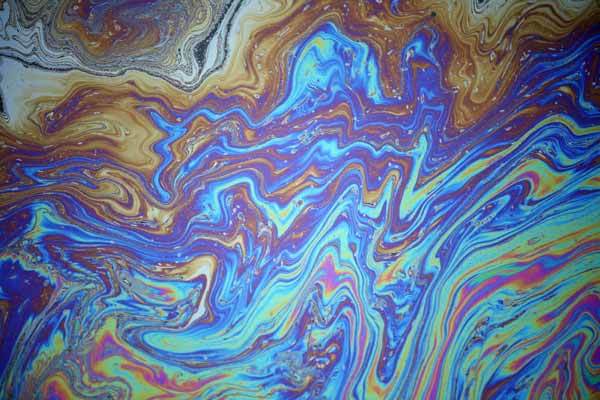
Compounds like oil, grease, and heavy metals take a long time to break down and threaten the health of both aquatic and human life.
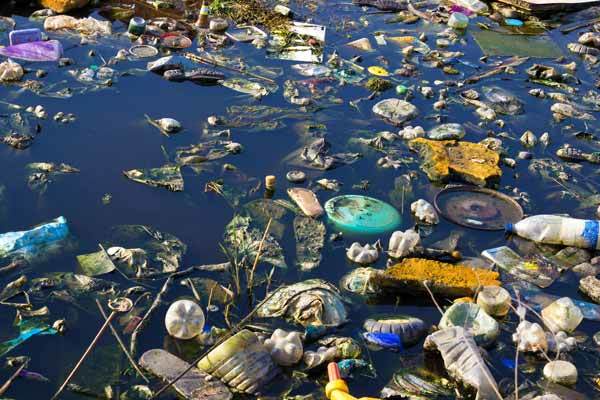
Litter is not only unsightly, but it also causes a variety of problems to the ecosystem as it enters our waters where it is often is mistaken for food by fish and invertebrates.
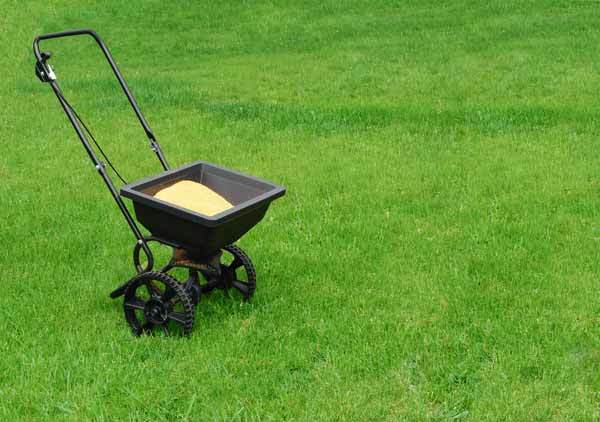
Too much fertilizer, pet waste, and other nutrients in our water often lead to serious problems like lowering dissolved oxygen levels, preventing seagrass growth, and killing fish.
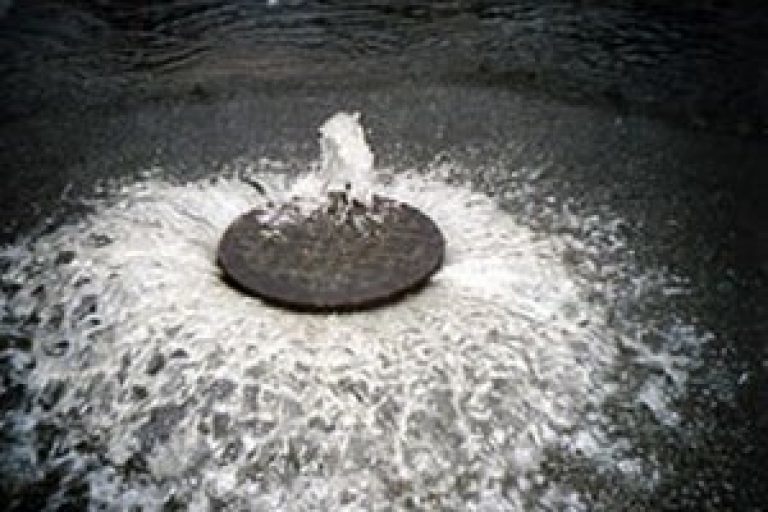
Disease-causing microorganisms, including bacteria, viruses, and other single-celled organisms, are referred to as pathogens, some, like Salmonella, cause human health problems.
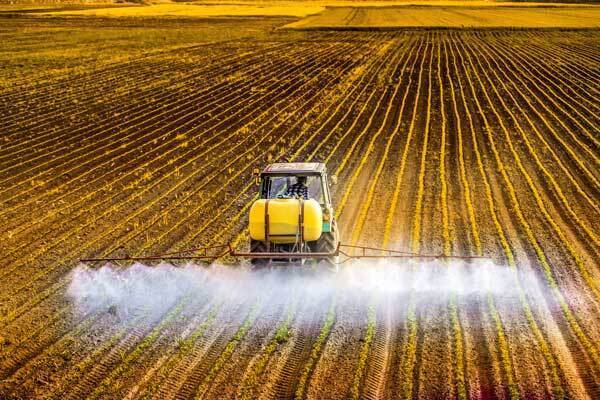
While pesticides are designed to be toxic to certain organisms, they can often be harmful and kill other species in the marine system that are important for the entire ecosystem.